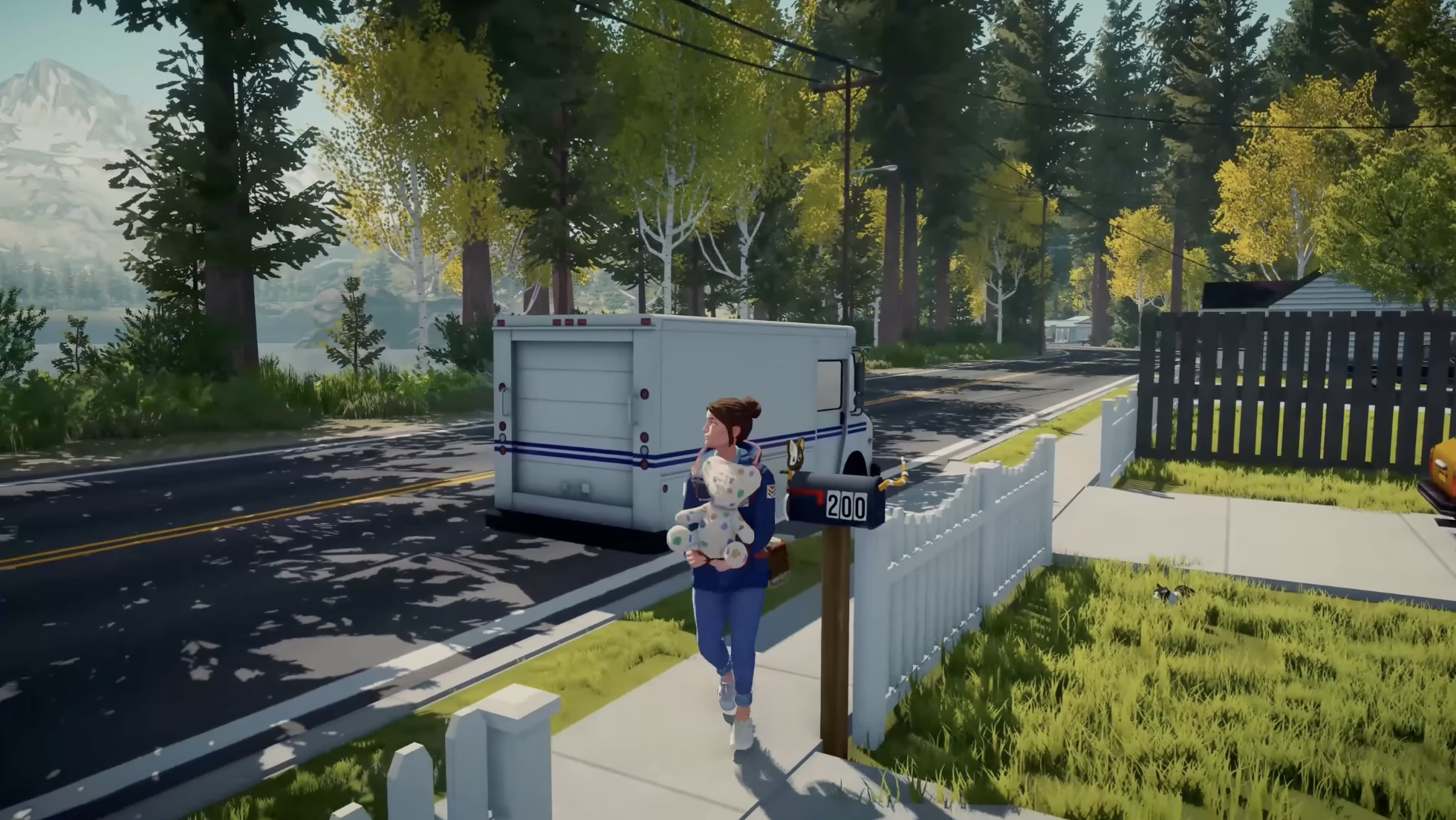These short exchanges in a chat group highlight the perception inequity we have about new coronavirus disease (COVID-19) vis-à-vis other more serious medical problems.
“Nasugod sa ospital si (name of person.)”
“Ano nangyari?”
“Nagka-heart attack daw.”“Ah, heart attack lang, ’di naman COVID?”
All health issues, even potentially life-threatening ones, have taken a back seat since the pandemic broke out. And the mindset the majority seem to have is just to survive COVID-19—as if all other health problems could take care of themselves.
In the country and the rest of the world, 80 to 90 percent of airtime and print space is devoted to COVID-19, and hardly a quarter of the attention given other diseases killing up to 70 times more people than COVID-19.
Noncommunicable diseases, especially cardiovascular diseases, remain the No. 1 killer in the Philippines and worldwide. I’m not sure if any agency is even keeping tab of the number of people dying of heart attack, heart failure, stroke, complications of diabetes, kidney failure and other problems due to clogged arteries and faulty body metabolism.
In the 2017 report of the Philippine Statistics Authority (PSA), the latest collated report on deaths in the country I could find, there were 579,237 total deaths, and diseases of the heart and strokes were the top killers. If you include all diseases of the heart and arteries such as high blood pressure and its various complications, more than 190,000 died from these causes, an average of nearly 16,000 every month.
The monthly numbers varied, peaking in August, December and January, consistent with the so-called Holiday Heart Syndrome.
70 times deadlier
The point is that cardiovascular disease remains around 70 times deadlier than COVID-19, and yet, we have seemingly relegated it and other major health issues like diabetes and cancer to the background.
In the 2017 PSA numbers, six of 10 Filipinos died without the benefit of being seen by a doctor. We can surmise that more Filipinos this year have died and will die for the remainder of the year without medical attendance.
For fear of COVID-19, patients have deferred seeing their physicians. Even worse, they stopped taking medicines, either because they couldn’t get a refill from drugstores, or their budget has significantly contracted, making life-extending medicines a nonessential item compared to food and shelter.
Quite a number of patients have been requesting me to reduce their medicines to the “barest minimum.” They even ask to have their medicines prioritized, so they can just take them depending on how much money they still could spare. I sometimes find our conversations unbelievably strange:
Patient: “Dok, ano po uunahin kong gamot—’yung sa high blood, diabetes o cholesterol?”
Me: “Lahat po sila importante para maiwasan ang mga kumplikasyon.”Patient: “Hindi po talaga kakayanin. Pwede po kaya halinhinan na lang sila?”Me: “Anong gusto mong sabihin?”Patient: “’Yung para sa BP (blood pressure), iinumin ko ng MWF (Monday-Wednesday-Friday), ’yung para sa diabetes, TThS (Tuesday-Thursday-Saturday), at ’yung sa cholesterol, ’pag Sunday na lang at tuwing araw na nakakakain ako ng mataba.”
I never imagined I’d have this kind of conversation with some of my patients, but it’s happening. As we’re so intently focused on COVID-19, many Filipinos are dying of other causes. Does it not matter that for every death due to COVID-19, 66 other Filipinos die due to heart attacks and strokes, some of which could have been prevented?
That’s why I’ve been recommending that the government gradually open up the economy, while reiterating to the public—to the point of nausea—the strict precautions to be followed.
I think that two years from now, if we see things in retrospect, the country will have suffered irreparable losses not so much from COVID-19 itself as from the socioeconomic dislocations and mental/psychological derangement it has led to.
Fighting defensively
It’s about time we fought COVID-19 defensively, yet actively, like we fight any invader. President Duterte, the Inter-Agency Task Force for the Management of Emerging Infectious Diseases and the Department of Health will have to decide on certain goals, including statistics that are acceptable as we fight COVID-19. No fierce battle has been fought without casualties. We have to accept that fact—much as it pains us, people will lose their lives.
How many deaths due to COVID-19 are acceptable every month? It’s laudable to think that every life counts and there should be no deaths. As you read this, every 2.7 minutes, a Filipino is dying from a heart attack or stroke, and that has been the case in the last 30 years. Yet we never had the kind of fear and panic we feel for COVID-19.
What should be our goal in terms of death rate, doubling of death rate, transmission rate, health-care facility occupancy rate and all metrics to assess how we’re faring?
Metrics
Then we add metrics on testing efficiency and contact-tracing. If we have these metrics, Health Secretary Francisco Duque III will not have to describe whether the curve is flattened, bent or whatever adjective to describe the interpretation. He will just say whether we’re meeting our COVID-19 targets or not.Unless we set metrics, we’ll always feel bad and blame each other when we compare the Philippines with other countries that are able to keep COVID-19 at bay—without realizing that we’re doing fairly well compared to, say, the United States or Brazil.
I agree that we should choose one of the successful countries as benchmark; I think Vietnam would be suitable for the Philippines.
There’s nothing to be embarrassed about in trying to follow the tracks successful countries have taken, rather than cut our path toward unknown territories.
At the same time, various experts in government, especially in finance, will need to set metrics and parameters when alarm bells have to be rung. A good balance between health and the other socioeconomic metrics has to be attained.
Again, we just have to accept that the much anticipated COVID-19 vaccine won’t be coming in the foreseeable future. I’m generally an optimist, but I just don’t see a safe and effective vaccine coming soon.
Scientists from China and elsewhere can produce a vaccine potent enough to stimulate the body to produce antibodies against COVID-19, but the big question is, will it be safe and not cause serious and adverse effects on the body? Will the treatment not be worse than the disease?
Caution
My sense is that we shall have overcome the COVID virus naturally before a truly safe and effective vaccine becomes available.
I don’t see it being different from the big race then to produce a vaccine for the original severe acute respiratory syndrome, Middle East respiratory syndrome coronavirus and Ebola viruses, not to mention the three-decade aspiration to come up with a vaccine for human immunodeficiency virus-acquired immunodeficiency syndrome.
I have also cautioned the government against immediately promoting any vaccine from China or elsewhere for mass vaccination. Let other countries who’d allow their citizens to be guinea pigs take the risk. There are some vaccines that purportedly will be released in the year; better to be late takers for these vaccines than be sorry early receivers.
My hypothesis—and I claim no expertise in this field, except a fairly good logical sense of applying the principles of science—is that we could gradually build up the collective immunity by exposing our healthy and able-bodied citizens to small viral loads. This is tantamount to natural vaccination.
Being infected with a high viral load will likely give one severe and possibly deadly COVID-19. This is the reason we have an increased risk for severe COVID-19 and deaths among doctors and other front-liners, because they get infected with a mega-load of the virus from COVID-19 patients.
But ordinary citizens who follow strict precautions (social distancing, face mask, face shield, hand hygiene, etc.) will likely get only a small amount of the virus—if ever they get infected—and it’s just enough for the body’s immune system to be familiar with the virus and recognize it promptly the next time it comes to lodge in the body’s cells.
Meanwhile, the body’s natural killer cells gobble the COVID-19 virus as snack. At most, the person may only have mild, flu-like illness, and some may even remain symptom-free despite the COVID infection. In short, a strong immune system is vital.
Although we’re not totally sure if one who has COVID-19 antibodies already has lifelong immunity to the disease, it’s reasonable to assume that person has a better chance of withstanding the disease than someone who doesn’t have antibodies yet.
It’s like when you get yourself an antiflu or anti-pneumonia vaccine. You may still catch the flu or pneumonia, but it will be much milder than if you didn’t get the shots.
Mutating virus
Same thing with COVID-19. If you develop antibodies from a previous infection or a vaccine in the future, there’s no assurance you’ll never ever get COVID-19. It’s a mutating virus, so its 2021 or 2022 editions will probably have additional features against which the antibodies developed for the 2019 version are not yet equipped.Just like antiviral software in computers which must be updated periodically, the body’s immune system needs to be updated with low-dose encounters with the virus.
Regular skirmishes with a low viral or bacterial load are good for the immune system. It’s like the regular sparring matches professional boxers have before the big fight. It keeps the immune system activated and in tip-top shape.
That’s why I was against the total lockdown which kept everyone inside the house. It prevented the minimum exposure to microbes which the immune system needed. Plus, it reduced sunlight exposure, which everyone needs to strengthen the immune system.
It may be counterintuitive, but I believe it’s good for a healthy, able-bodied individual—I repeat, healthy and able-bodied—to get a bit of the virus. The goal should not be zero infection, but a small amount that will enable the healthy body to develop antibodies without developing bothersome and serious disease. We just need to prevent big encounters with battalions of viruses. If you see someone obviously sick, coughing and shivering, maintain a safe distance. Keep your face mask and shield on all the time.
Live a life
For senior citizens and others with chronic medical problems, who are considered high-risk for severe COVID-19, if you feel and your doctors confirm that your immune system is compromised, it’s better to stay home or work from home. Don’t forget your regular exercises and adequate dose of sunlight.
But if you believe—as I do myself—that your immune system is fit enough to spar with the virus, put on your safety gear and live a life. Just don’t ever let your guard down.
For those with heart problems, hypertension, diabetes and other cardiometabolic diseases, please don’t stop taking your medications just so you’ll have extra money to buy advertised but unproven supplements for COVID-19. I assure you, you have 66 times higher risk of dying from your longstanding illness than from COVID-19.
Whoever told you that COVID-19 was deadlier than hypertension, diabetes and other noncommunicable diseases must be a good friend of the virus or its chief propaganda officer.
Sometimes, I can’t help but wonder if COVID-19 also has the capability to put the public in a hypnotic trance. INQ












































